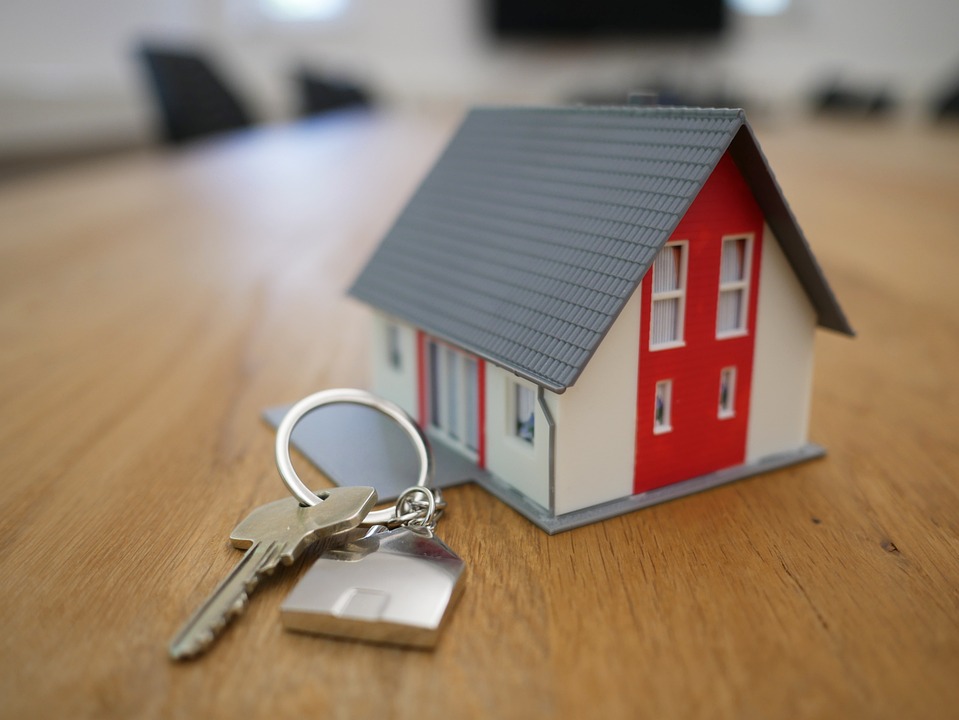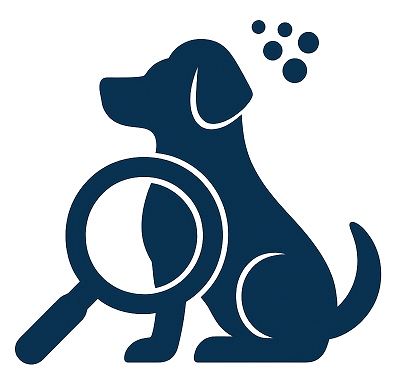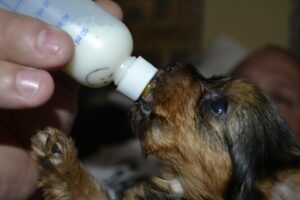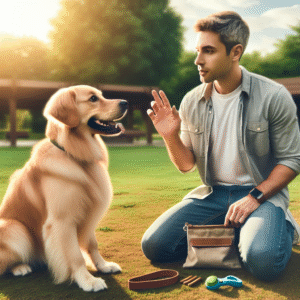
Introduction
Bringing an adult dog into your home can be a rewarding experience. Whether you’ve adopted a rescue or integrated an older dog into your family, teaching house manners is crucial. Unlike puppies, adult dogs may have ingrained habits, and it often requires a strategic approach to retrain them. This article explores essential tips to instill good behavior and ensure harmonious living with your furry friend.
Understanding Adult Dogs
Adult dogs come with their own set of behaviors, backgrounds, and temperaments. Some may have had previous training, while others might be experiencing house living for the first time. Understanding their past experiences and individual needs is vital for successful training. Patience and consistency will be your best allies as you guide them in learning the house rules.
Establishing a Routine
Dogs thrive on routine, and establishing a consistent schedule can provide a sense of security and structure. Feeding, walking, and bedtime should occur at roughly the same time each day. This predictability helps the dog understand what to expect and reduces anxiety, making them more receptive to learning new behaviors.
Creating a Safe Space
Every dog needs a personal space where they can retreat and feel safe. This could be a crate, a bed, or a designated corner in the house. Having a safe space is particularly important for adult dogs adjusting to a new environment, as it offers them a haven to decompress. Make sure this area is comfortable and filled with their favorite toys and blankets.
Reinforcing House Training
Understanding the Basics
Even if an adult dog is house-trained, a new environment might cause confusion. Start with the basics by taking them out frequently, especially after meals and naps. Use a consistent command like “go potty” to signal what you expect. When they succeed, offer praise and a treat to reinforce this behavior.
Dealing with Accidents
Accidents happen, and it’s essential to handle them calmly. Avoid scolding or punishing your dog, as this may create fear and confusion. Instead, clean the area thoroughly to remove any scent traces, ensuring the dog doesn’t return to the same spot. If accidents persist, consult a vet to rule out any medical issues.
Teaching Basic Commands
Teaching basic commands such as “sit,” “stay,” “come,” and “leave it” can significantly improve your dog’s house manners. These commands can prevent undesirable behaviors and help manage your dog’s actions in various situations. Use positive reinforcement techniques, such as treats and praise, to encourage learning.
Addressing Unwanted Behaviors
Barking and Jumping
Excessive barking and jumping can be problematic. To curb barking, identify triggers and work on desensitization. Reward calm behavior and use commands like “quiet” to redirect attention. For jumping, turn away when your dog jumps and only offer attention when all four paws are on the ground.
Chewing and Digging
Chewing and digging are natural behaviors but can be destructive indoors. Provide plenty of chew toys and designate an appropriate digging area outside. Distract your dog from inappropriate chewing and digging by redirecting them to their toys or outdoor space.
Socialization and Exposure
Socializing adult dogs is as important as it is for puppies. Gradual exposure to different environments, people, and other animals can prevent anxiety and promote positive interactions. Organize playdates with other dogs or take them to dog-friendly events to improve their social skills.
Exercise and Mental Stimulation
A well-exercised dog is generally a well-behaved dog. Daily walks, playtime, and mental stimulation are crucial for preventing boredom-related behaviors. Puzzle toys, training games, and interactive play sessions can keep your dog’s mind engaged and reduce the likelihood of undesirable behavior.
Consistency is Key
Consistency is the cornerstone of training, especially with adult dogs. Ensure all family members are on the same page regarding rules and commands to avoid confusion. Consistent routines, commands, and consequences help reinforce desired behaviors and create a predictable environment for your dog.
Patience and Positive Reinforcement
Training an adult dog requires patience. Progress may be slow, but positive reinforcement is a powerful tool. Reward your dog for good behavior with treats, praise, or playtime. Positive reinforcement strengthens the bond between you and your dog and encourages them to repeat desired actions.
Seeking Professional Help
If you’re struggling with specific behavioral issues or feel overwhelmed, seeking professional help can be beneficial. Certified dog trainers or behaviorists can provide personalized guidance and practical solutions tailored to your dog’s unique needs.
Conclusion
Mastering house manners with an adult dog is a journey of understanding, patience, and mutual respect. By establishing routines, teaching commands, and addressing unwanted behaviors, you can create a harmonious living environment for you and your furry companion. Remember, every dog is unique, and progress may vary, but with consistency and positive reinforcement, you can help your adult dog become a well-mannered member of your household.













